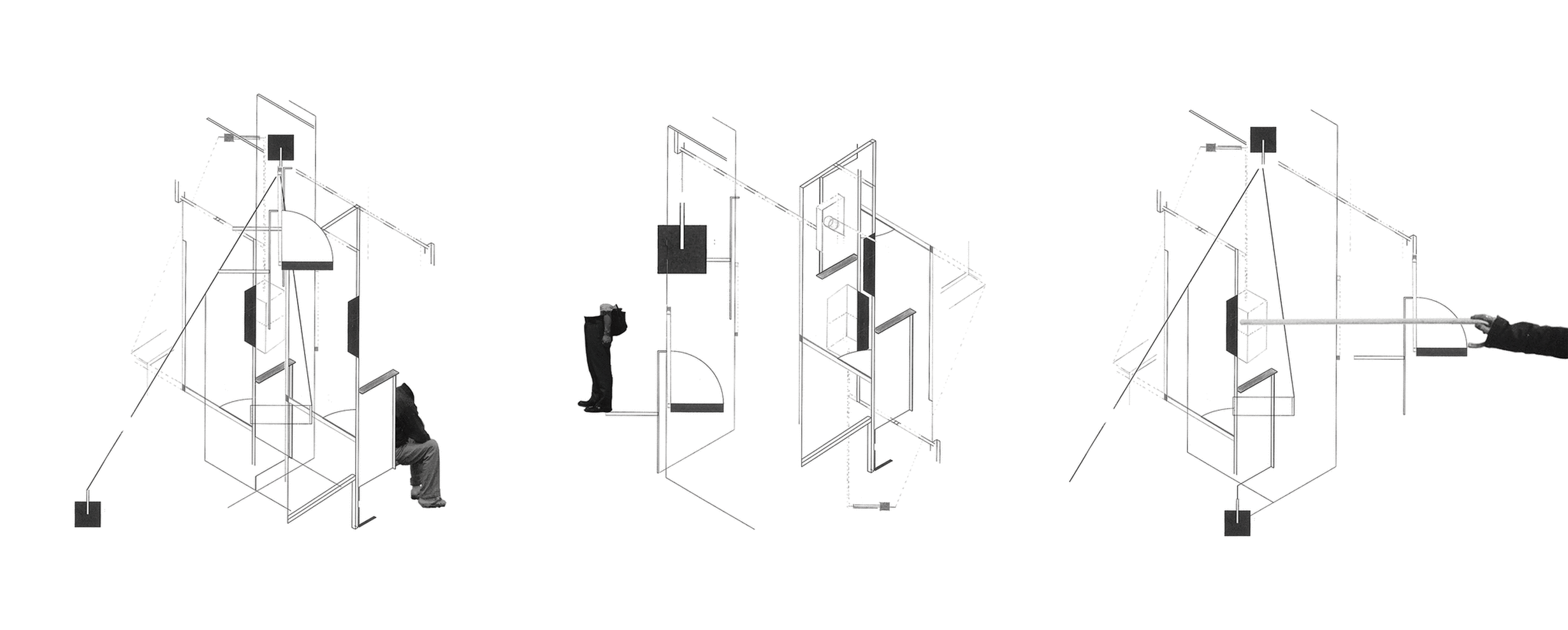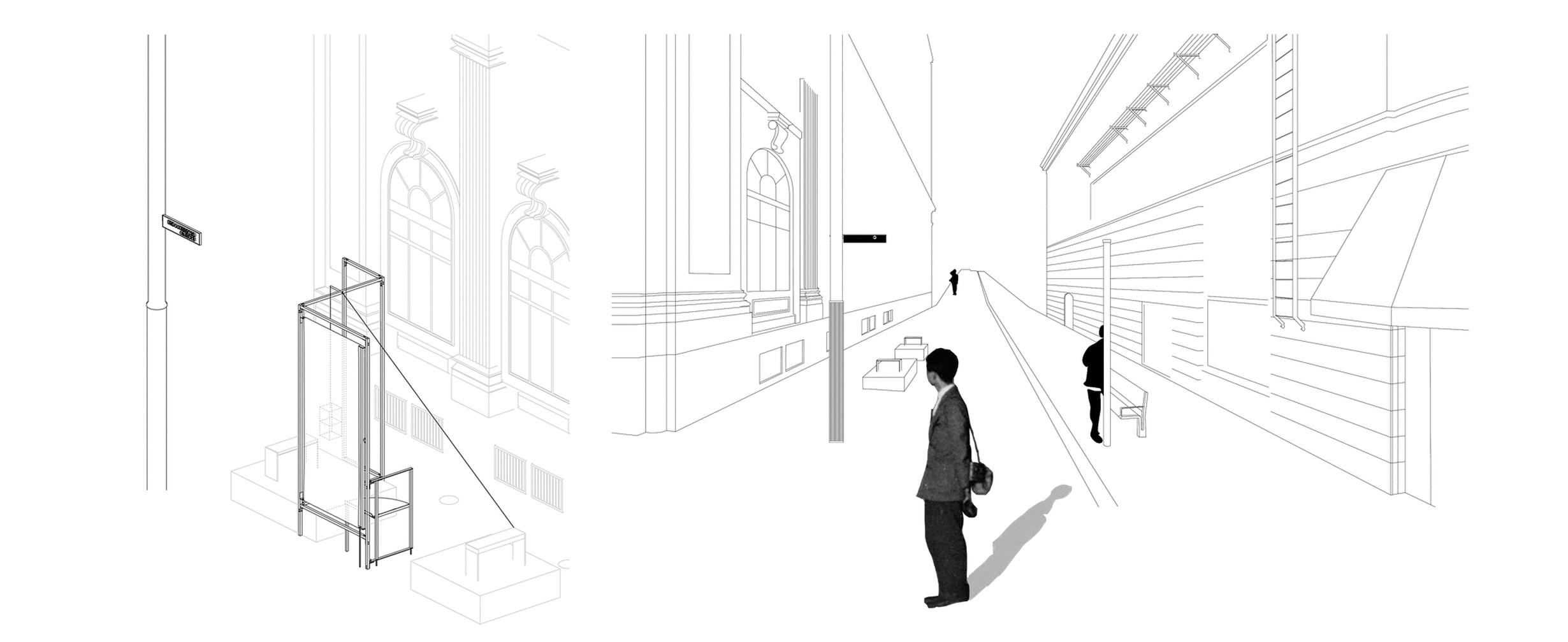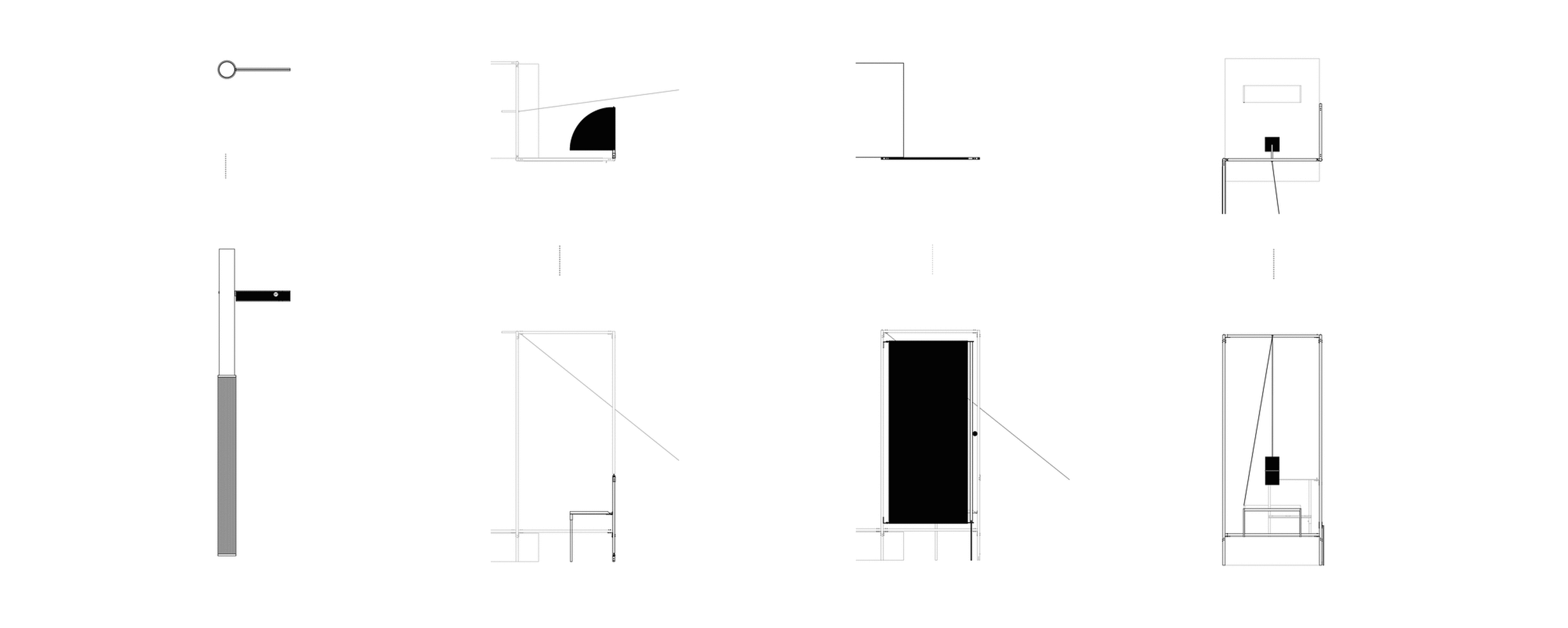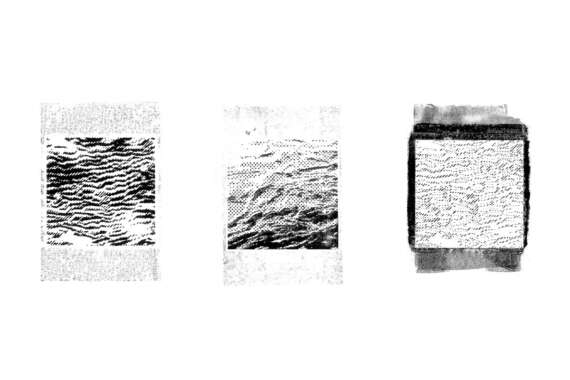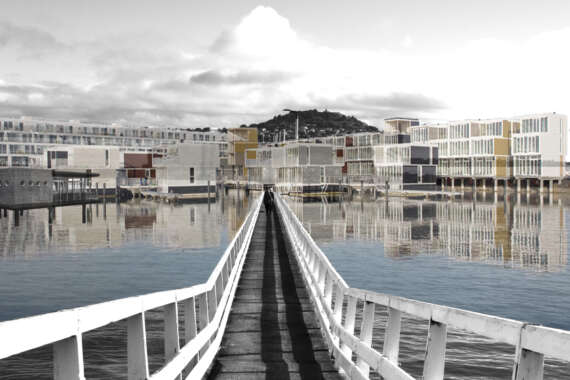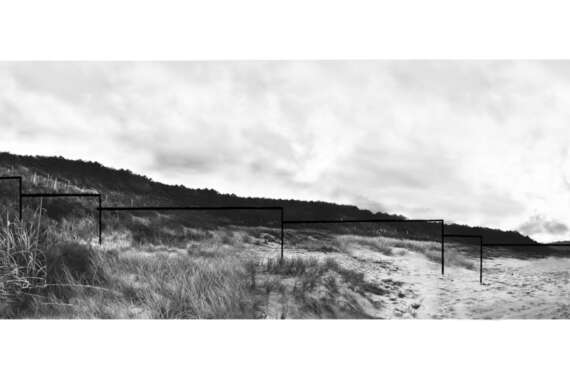Artistic Crime: Dematerialise to Defamiliarise
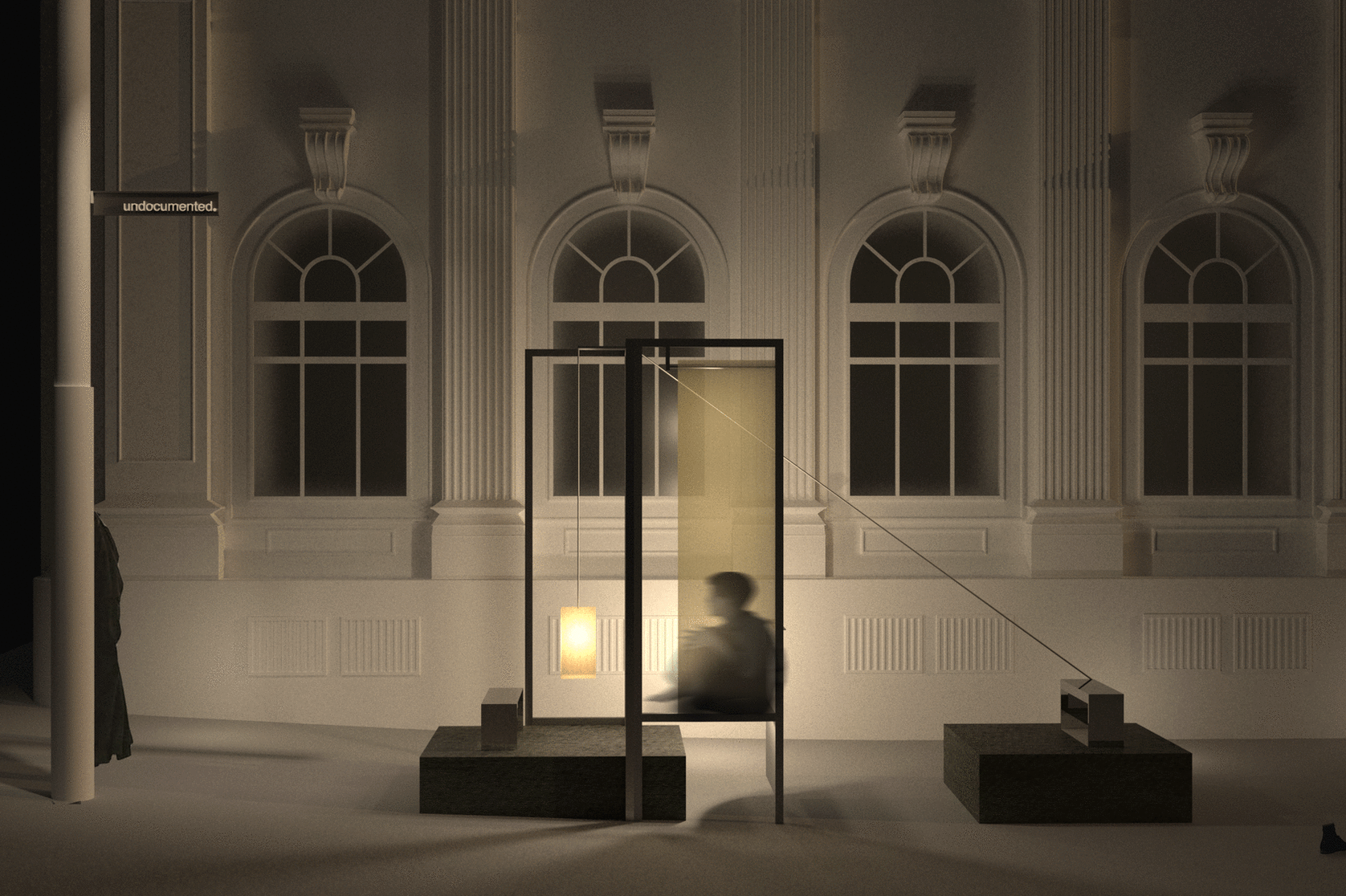
In our pursuit of built environments, we are forced to behave and use them in specific ways; however, we adapt obediently whether we agree or disagree. This research evokes reversed and distorted ways of thinking to intrude into one’s ordinary existence through a transgressive gesture. It makes inquiries about social conventions and customs that instruct how we use and respond to the given conditions. Especially living in a culture that celebrates individualism, it is becoming more apparent in the modern metropolis that individuals are deprived and lack meaning within their contradicting desires for a unique identity. Today, the most profound concern results from our quest to conserve our independence and existence. We construct an unavoidable social attitude of individualism in urban settings that contradict the existing heritage.







